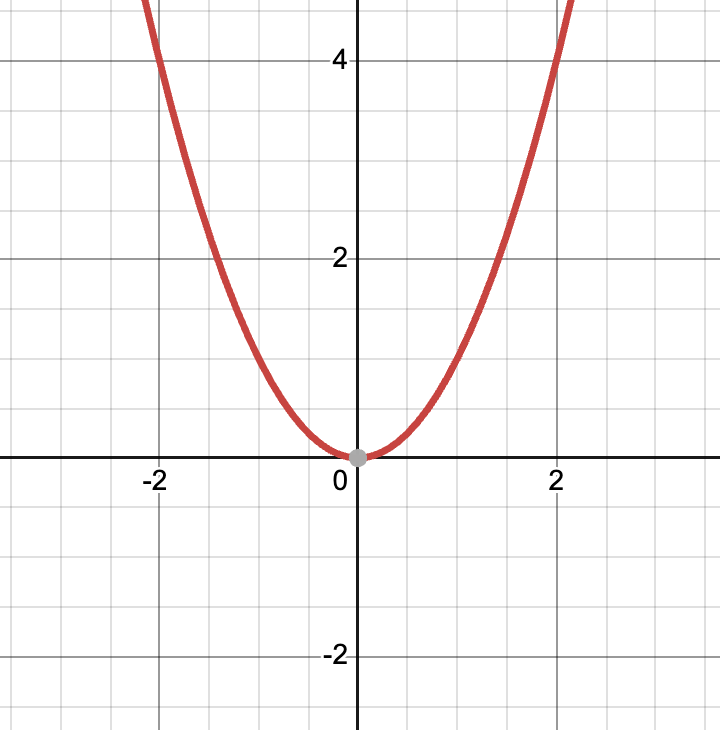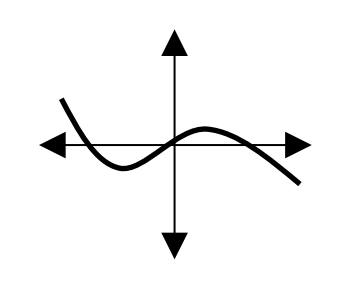Complete the sequence and state the rule.
_____, 37, 21, _____, -11
first blank: 53
second blank: 5
rule: -16
How many solutions for the following quadratic?
x^2 = -36
0 solutions
Add the following polynomials.
(x^3+6x-5x^2+9)+(8x^2-8+12x)
x^3+3x^2+18x+1
-2, -10, -50, -250, -1250
f(n) = f(n-1) x 5
Complete the sequence.
_____, 50, 25, 12.5, _____
first blank: 100
second blank: 6.25
Complete the sequence and state the rule.
64, 32, _____, _____, 4
first blank: 16
second blank: 8
rule: /2
How many solutions for the graph of the quadratic?

1 solution
Multiply the following polynomials.
(2x-5)(x+1)
2x^2-3x-5
Use the zero product property to solve.
(x+5)(5x-3)=0
x=-5 and x=3/5
How many solutions to the graph of the quadratic? 
2 solutions
Write a recursive formula for the sequence.
5, -17, -39, -61, -83
f(n) = f(n-1) - 22
Use the zero product property to solve for the solutions for the quadratic.
(4x-9)(x+7)=0
x=9/4 and x=-7
Subtract the following polynomials.
(x^3+x)-(7x^2-9x-10)
x^3+7x^2+10x-10
How many solutions to the quadratic equation?
x^2=81
2 solutions
Multiply the following polynomials.
(x+1)(x-1)
x^2-1
Classify the following sequences as arithmetic or geometric. Then state the rule.
-1, 9, -81, 729, -6561
103, 84, 65, 46, 27
first sequence: geometric and f(n) = f(n-1) x -9
second sequence: arithmetic and f(n) = f(n-1) - 19
Use slip n slide method to factor.
3x^2+13x+4
(3x+1)(x+4)
Use the remainder theorem to find the remainder of (3x^2-2x+1)/(x-2)
Factor the following quadratic.
x^2+12x+35
(x+5)(x+7)
Subtract the following polynomials.
(-x^2-8+7x)-(4x^2+14)
3x^2+7x-22
Write recursive formulas for the following sequences.
12, 113, 214, 315, 416
81, 27, 9, 3, 1
first sequence: f(n) = f(n-1) + 101
second sequence: f(n) = f(n-1) / 3
Use the quadratic formula to solve the following quadratic.
x^2+10x+25=0
x = -5
Find the end behavior of the following graph, state end behavior in limit notation.

as x goes right, y goes down
as x goes left, y goes up
Use slip n slide method to factor.
5x^2+8x+3
(5x+3)(x+1)
Find the end behavior of the following polynomial.

as x goes right, y goes up
as x goes left, y goes up